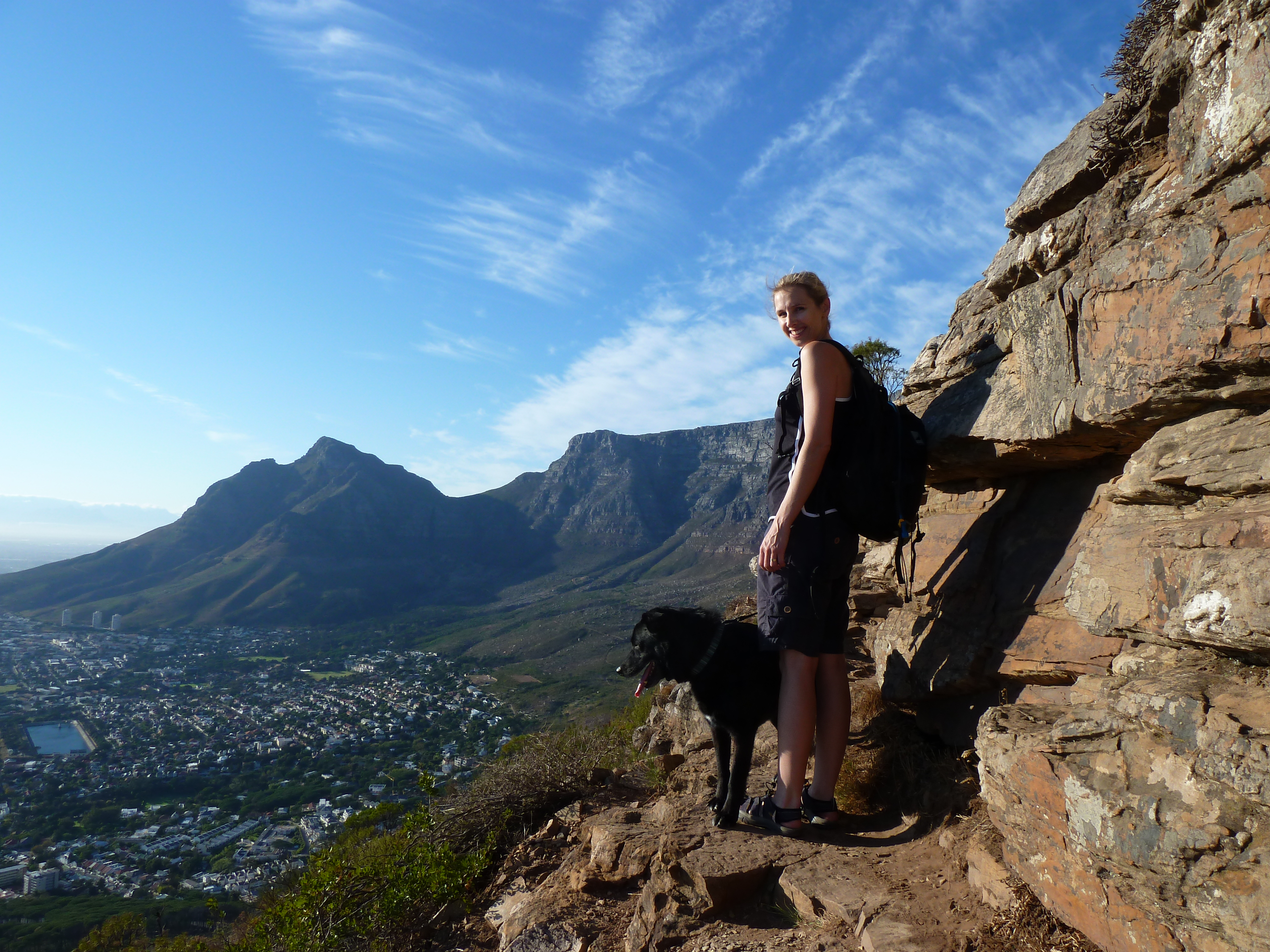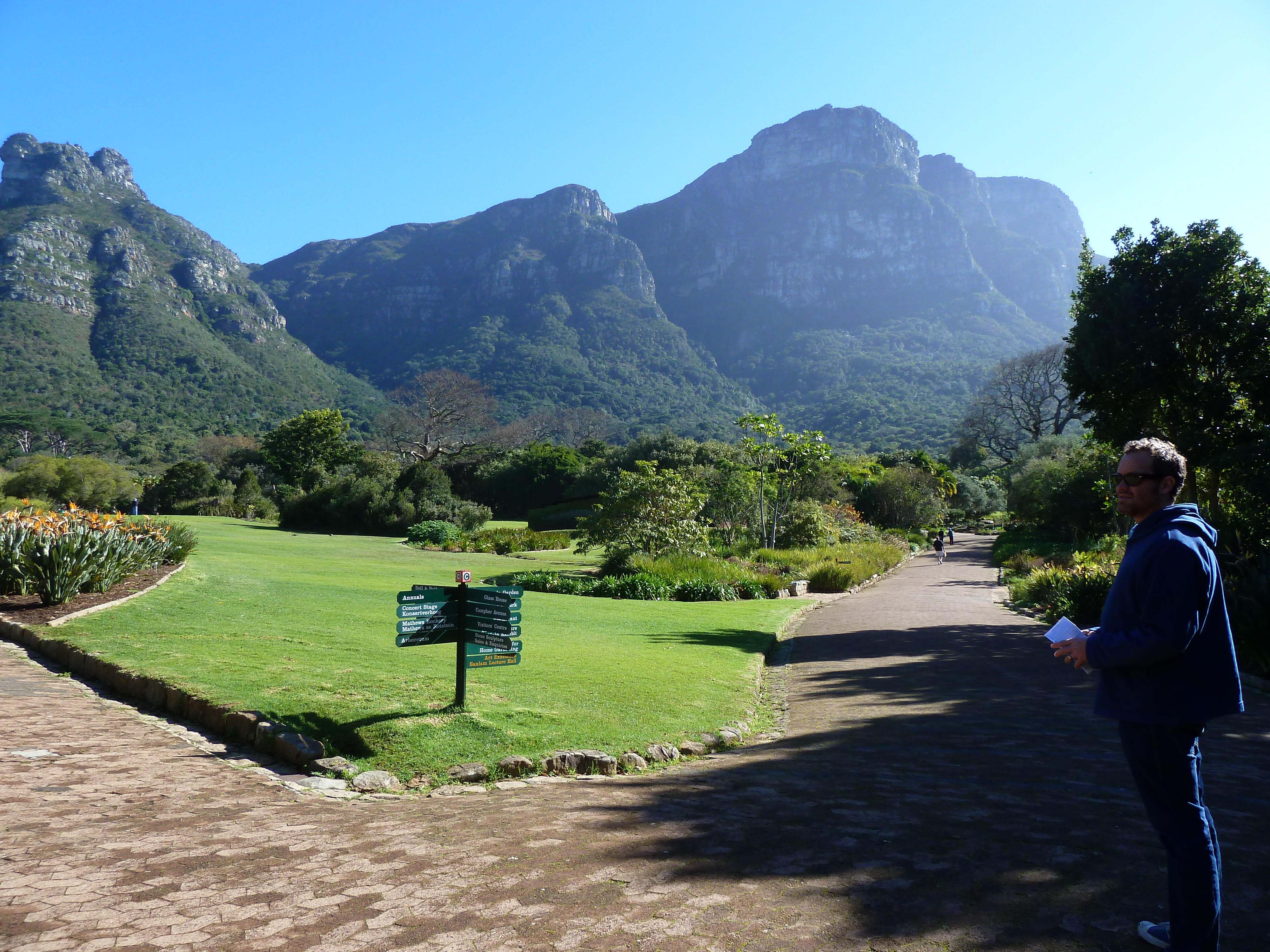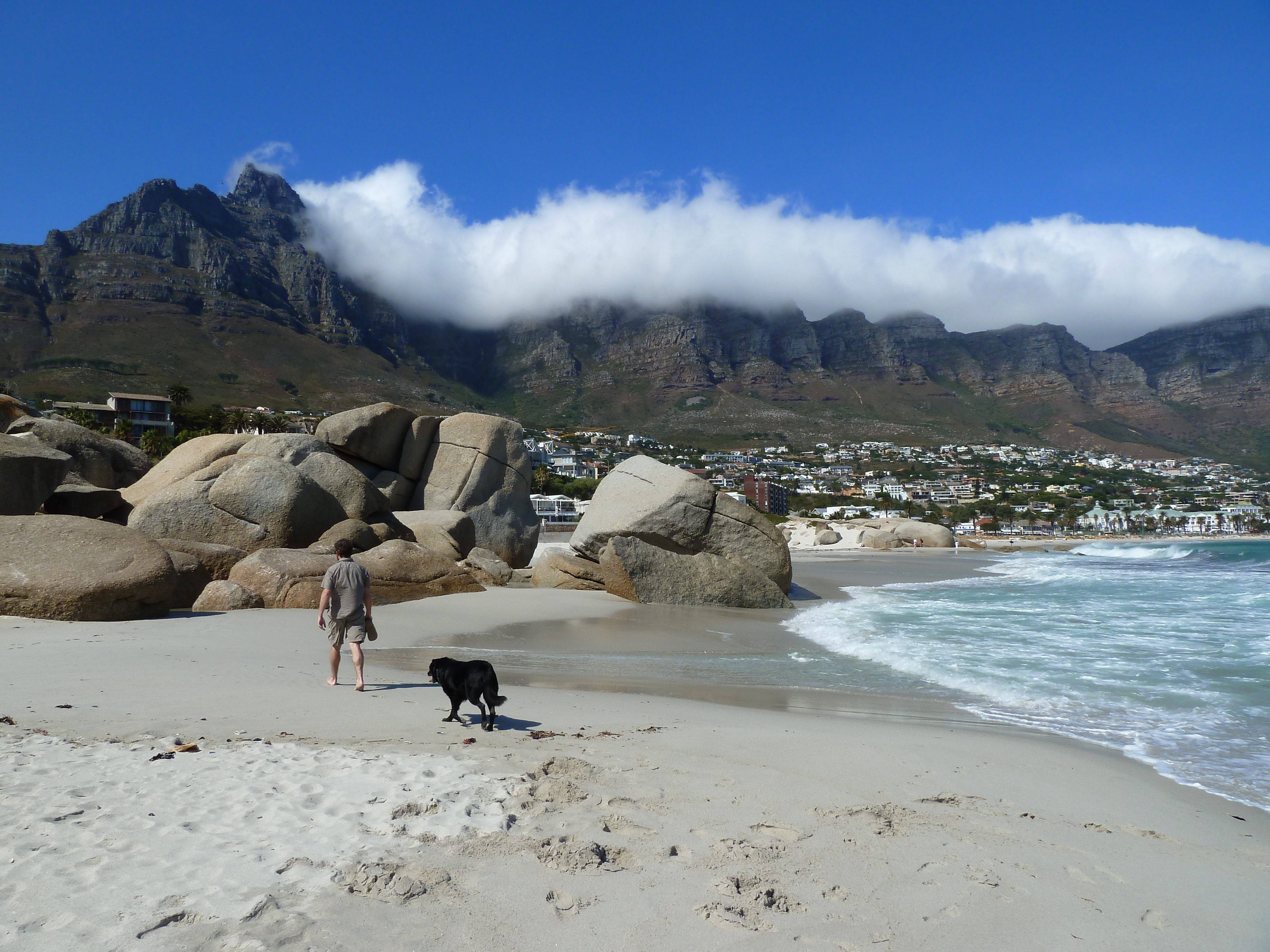My wife and I first visited Cape Town on our honeymoon in 2010. We liked it so much that we began plotting our return before our trip was even over. Much to our surprise, everything worked out and we were actually able to pull it off. In 2011, we were back, with our trusty dog Jones, for a thirteen month stay. Apparently, we aren’t the only ones who have fallen hard for “The Mother City.” In recent years, Cape Town has been at or near the top of nearly every international “best city” list. Just two days ago, the 2014 Telegraph Travel Awards were announced and Cape Town beat out Hong Kong, San Francisco, Sydney and 16 other world-class metropolises for the number one spot. It’s hard to really describe what makes Cape Town so great; you just have to go. Here are a few reasons why I think you should:
The People and Culture
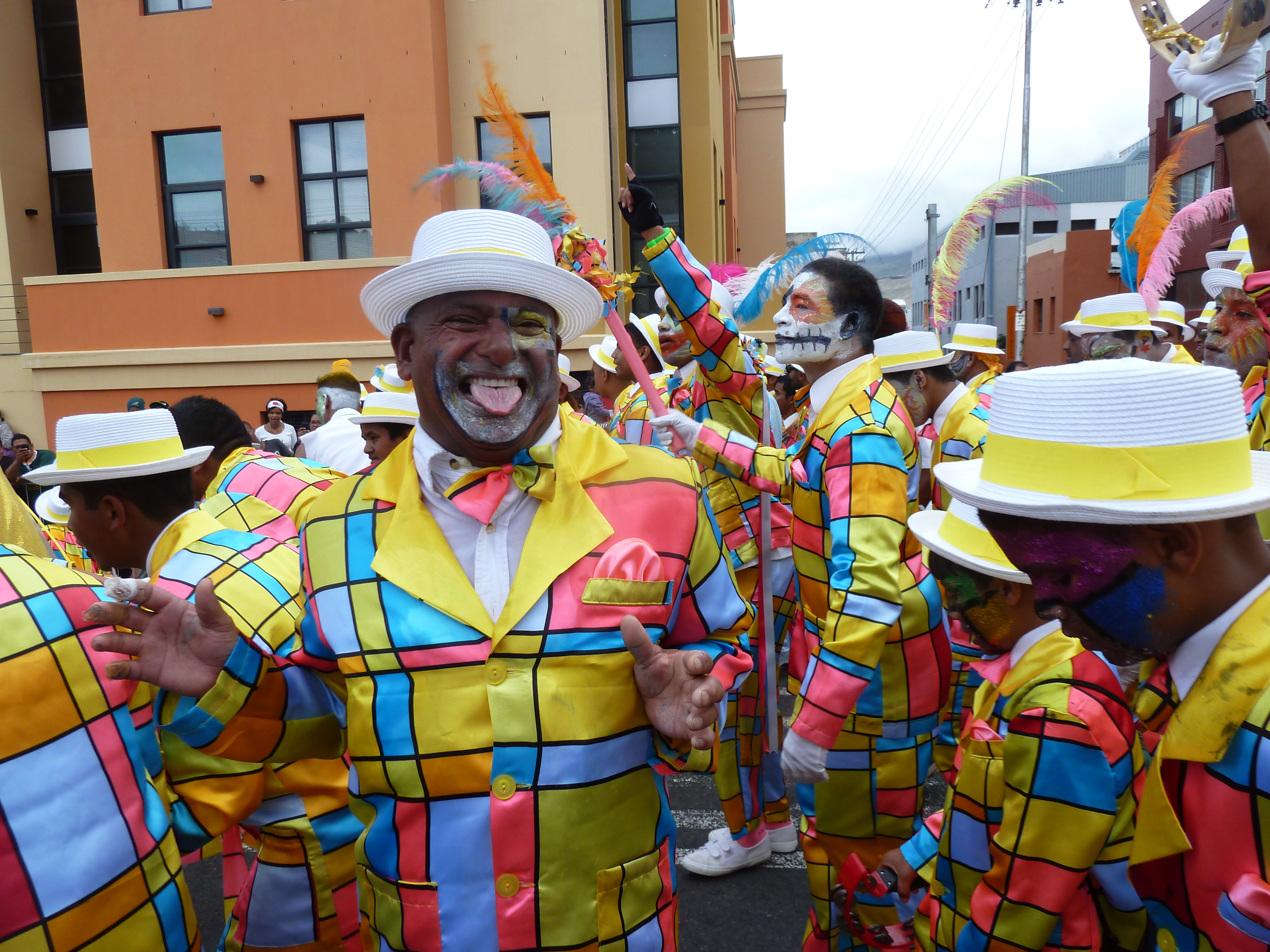
The Kaapse Klopse festival takes place every January 2nd in the Bo Kaap neighborhood of Cape Town and features thousands of participants wearing colorful costumes and playing musical instruments.
Stroll down a busy street in Cape Town and you’ll begin to understand why Desmond Tutu famously described South Africa as “The Rainbow Nation.” In addition to hearing a few of the country’s thirteen official languages, such as Afrikaans and Xhosa, you’ll likely catch snippets of dialects and accents from across Africa and beyond. A stroll through the colorful Bo-Kaap neighborhood is an immersion into the city’s vibrant, four hundred year old Cape Malay culture. Here, traditional spice shops and a centuries-old mosque are open for business alongside more recent comers, including trendy coffee shops, boutiques and galleries, all painted outrageous neon shades of pink, blue, yellow and green. Pop over Signal Hill to Sea Point and you may see Orthodox Jews, who migrated here after World War II, bustling past street vendors from the Congo and north Africa. In short, Cape Town is a melting pot in the very best sense of the term.
The History
A lot has happened in Cape Town since Bartholomew Dias rounded the Cape of Good Hope in 1496. You can explore the city’s early history as a Dutch East India company trading outpost by strolling through the Company’s Garden in central Cape Town. It was originally established to produce food to provision ships, but today it is a sprawling park filled with important landmarks, including the building where the slaves who built the city were housed, the Houses of Parliament, the Iziko South African Museum and Planetarium, St. George’s Cathedral (which is the seat of the Anglican church in South Africa and where Desmond Tutu presided as archbishop), the South African National Gallery, the Great Synagogue and the Holocaust Centre. I highly recommend spending a few hours at the excellent District Six Museum, which chronicles Cape Town’s dark and ultimately inspiring apartheid struggles, before heading off to Robben Island, where Nelson Mandela spent 18 of his 27 years in prison. To really get a sense of how the legacy of apartheid continues to affect South Africans, tour the township of Khayelitsha, which was built in 1980s as a part of a plan to forcefully resettle black South Africans from other areas. Today, over 300,000 people live in the sprawling settlement, over half of them in informal dwellings that lack basic services such as indoor plumbing and running water.
The Hiking
We hiked a lot during our stay, partly to keep Jones happy and partly because the hiking is so amazing. The many trails that wind around and to the top of Table Mountain National Park kept us busy for much of the year. When we wanted a change of scenery, we’d climb up iconic Lion’s Head peak, which towers over the city and adjacent beach communities. Alternatively we’d head down the Cape Peninsula to the Silvermine Nature Reserve, out to the mountainous Cape winelands, or even as far as the spectacular Cederberg Wilderness, reminiscent of the American southwest, with its rugged sandstone topography and endless desert vistas.
The Scenery
Table Mountain, which rises dramatically 3,000 feet above sea level, looms over Cape Town and dominates the view for miles around. I never got tired of looking at it because its appearance changes constantly. It is often blanketed in a roiling, undulating tangle of clouds and the light changes from one minute to the next. Below, miles and miles of rocky shoreline, dozens of white sand beaches, lush eucaplyptus forests, and rolling hills covered by vineyards all combine to create some of the most incredibly varied and awe-inspiring landscapes I’ve seen.
The Beaches
You can find some of Africa’s best beaches within Cape Town’s city limits. The water tends to be pretty cold so they don’t get too crowded until the busy and hot tourism high season, which lasts from December through March. Most mornings we’d take Jones for a stroll along the insanely scenic Camp’s Bay beach, where he’d devour copious quantities of kelp and bark at all the other dogs enjoying the sand and surf. The nearby Clifton beaches are a little harder to get to but worth the effort. If you want to really escape the crowds, head down the peninsula to Nordhoek or over to Muizenberg. These beaches stretch for nearly as far as the eye can see and are often pretty much deserted.
The Food and Drink
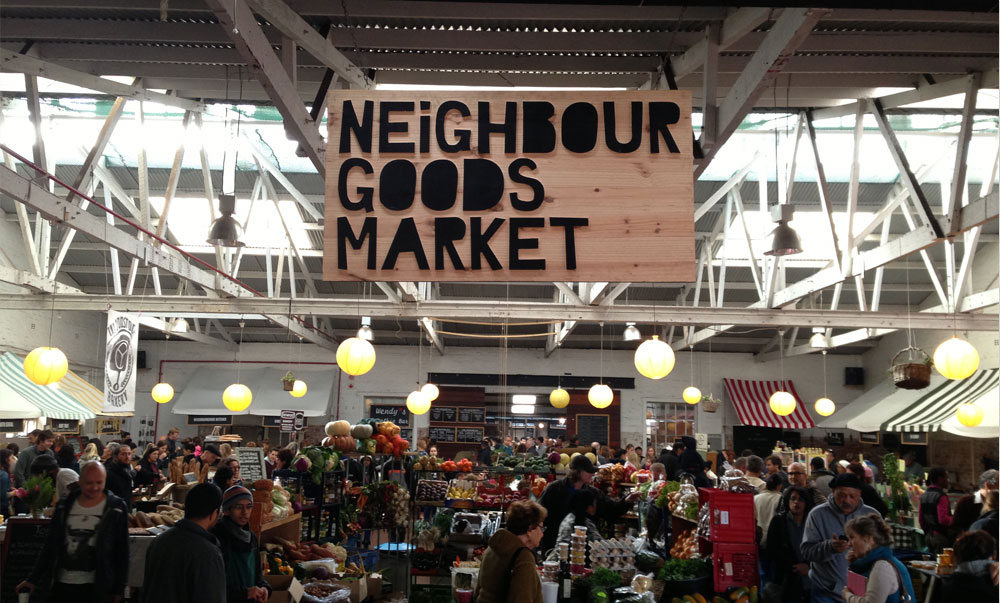
The entrance to the Neighbourgoods Market, a weekly farmer’s market held in a Victorian era factory.
Cape Town’s cultural richness and close proximity to both the ocean and the verdant Cape winelands makes it a paradise for wine and food lovers. It has everything from serious fine dining, (San Pelegrino recently named The Test Kitchen Africa’s best restaurant on its prominent “World’s 50 Best Restaurants” list) to street food and everything in between. In thirteen months we barely scratched the surface of the city’s thriving restaurant scene, but still found plenty of great African, Turkish, Greek, Japanese, Italian, Portuguese, Cape Malay, and even Mexican food. And if you’re in town on a Saturday, make sure you check out the Neighbourgoods Market at the Old Biscuit Mill. You’ll find a literal smorgasbord on offer, including Cape wines, craft beer, freshly caught seafood, Karoo lamb, Kalahari beef, Namibian venison, fresh baked pastries and desserts, and locally grown produce.



